When I was a young girl, we didn’t have a television. My parents were slow adopters. But it was OK because our neighbours, the Phillips, did. And by the way, Mrs Phillips was a much better cook than my mum.
My absolute favourite program was The Adventures of Robin Hood. Shot in black and white, who can forget that catchy theme tune? Robin Hood, Robin Hood/Riding through the glen/Robin Hood, Robin Hood/With his band of men/Feared by the bad, loved by the good/ Robin Hood, Robin Hood.
The fact that Little John was about seven foot tall always appealed to my sense of humour.
The reason I bring up Robin Hood is that the politicians and regulators who so merrily hand out green subsidies to people and businesses who don’t deserve them obviously failed to pick up the main message of the program – it’s wrong to subsidise the better off who can afford these green gizmos at the expense of the poor who can’t. In their world view, the Sheriff of Nottingham is the hero.
Rafe Champion is always sending me interesting and useful material related to the climate debate – thank you.
One particularly handy document was Bloomberg’s Greener Living which outlines the state of play when it comes to ‘consumer climate incentives’ around the world. Note here that consumer climate incentives are the most inefficient way imaginable ‘to save the planet’.
(If you read anything with Bloomberg in the authorship, my advice is to immediately discount it. The organisation is full-on green/left obsessed, reflecting the disposition of its founder Mike Bloomberg, one-time mayor of New York. Bloomberg Finance in particular puts out extremely slanted and unbelievable material.)
Needless to say, the Greener Living document doesn’t contain much material on Australia, so it’s worth my while starting there. Of course, simply to list the subsidies available for green purchases (think here solar panels, small batteries, LED lighting, shower heads, home insulation, electric vehicles, etc,) would require the space of several columns. So let me pick out just a few examples. In Victoria, you can get $1,400 plus an interest free loan if you want to install solar panels on your roof. There is also a thousand dollars available for solar hot water. Even better, there is nearly $3,000 for a solar battery. If you want to upgrade your heating or cooling, there’s another grand available.
For those homes that generate excess electricity that is fed back to the grid, there are ‘feed-in tariffs’. Initially, the size of these tariffs was obscene. In Queensland, for instance, households were paid 44 cents per kilowatt hour and those who signed up early will enjoy this rate until 2028. More recently, feed-in tariffs have crashed and are generally well below 10 cents per KWh.
When it comes to buying an electric vehicle – they are now called zero emissions vehicles (ZEVs) to emphasise their worthiness – there’s an upfront grant of $3,000 in Victoria but the car has to be worth less than $69,000. No top-of-the-line Tesla for you. You may have to pay a small road user charge in the future but the overall amount in dollar terms will be small compared with the excise on petrol and diesel paid by less well-heeled motorists.
One of the first actions of our new federal treasurer, Jim, was to remove the fringe benefits tax from the purchase of electric vehicles. In this instance, the maximum value of the car is $85,000. Treasury calculates that the owners can save between 5 and 9 grand per year – not bad if you can afford the purchase price in the first place.
Getting back to Bloomberg’s Greener Living, one interesting fact contained in the document is that Norway, the nirvana of EV enthusiasts, taxes the living daylights out of petrol/diesel cars, thereby propelling the shift to EVs – sorry ZEVs. The average tax imposed on normal vehicles is $US15,000 – which is 22,500 big ones here.
It’s actually surprising that anyone at all in Norway, which by the way is the size of a handkerchief, would even contemplate buying an internal combustion engine vehicle with that sort of impost. The Sheriff would be extremely proud of the politicians who dreamt up this grand theft.
And don’t forget the absence of road tolls, free parking and the use of bus lanes that further entice the Norwegian public to do the ‘right thing’. You wonder whether it might be cheaper for the government to simply give EVs – OK, let’s just forget ZEVs – to every citizen with a driving licence.
But don’t think it’s just the Europeans who are into these reverse Robin Hood subsidies. The US government under great uncle Joe is really ramping them up. And this is on top of the raft of subsidies that exist at the state level, particularly in California.
Under the laughably titled Inflation Reduction Act, there are new point-of-sale tax credits for all electric vehicles although there are some price and income caps. It turns out that unless subsidies take the form of an immediate reduction in the sale price, they don’t work very well and the Biden administration has acted on this advice.
The IRA (funny that) also restored a 30 per cent tax credit for both home solar and home battery storage systems, extended out to 2034. There are also subsidies for heat pumps and electric induction stoves.
What about China? Having cornered the market in the production of solar panels, China is now on a quest to corner the market in EV batteries. Over 90 per cent of all battery production at the moment is in China. One trick the Chinese government used to boost the local industry was to restrict the subsidies for EV purchases to locally produced cars. The effect was to lock out European and US EVs.
Additionally, Chinese companies have attempted to lock up the supplies of the vital elements of batteries – lithium, cobalt, copper and nickel – by doing deals with various corrupt politicians around the world. What’s a bit of child labour when you can call it ‘artisanal work’?
The true believers at Bloomberg sum up the situation in the following way: ‘The US is finally starting to focus on the same initiatives and goals that have proven successful in European countries’.
I guess that depends on how you define success: taking from the poor to give to the rich, taking from the good to give to the bad. Robin Hood and his band of (not so) merry men would be appalled.
Got something to add? Join the discussion and comment below.
Get 10 issues for just $10
Subscribe to The Spectator Australia today for the next 10 magazine issues, plus full online access, for just $10.
You might disagree with half of it, but you’ll enjoy reading all of it. Try your first month for free, then just $2 a week for the remainder of your first year.

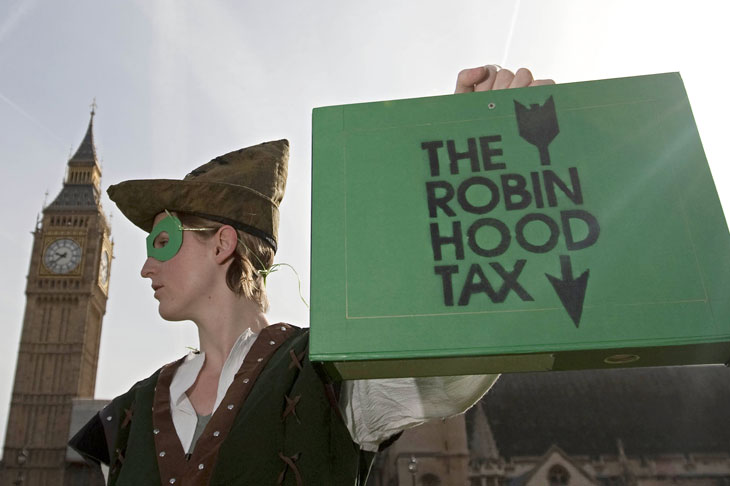
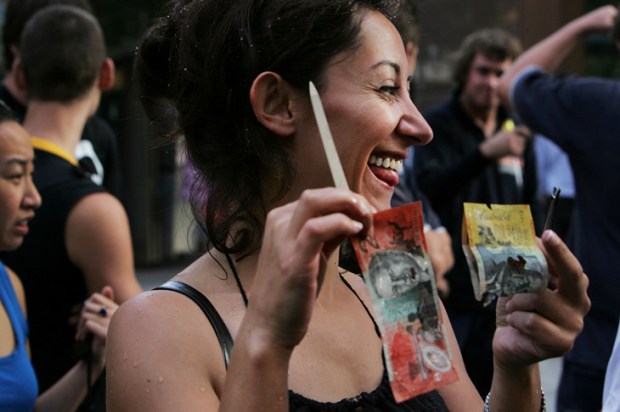
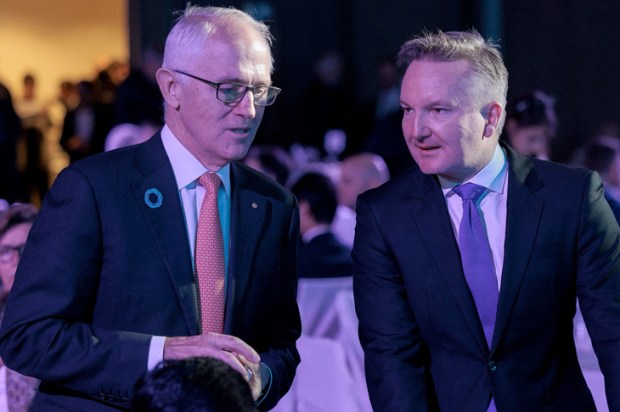
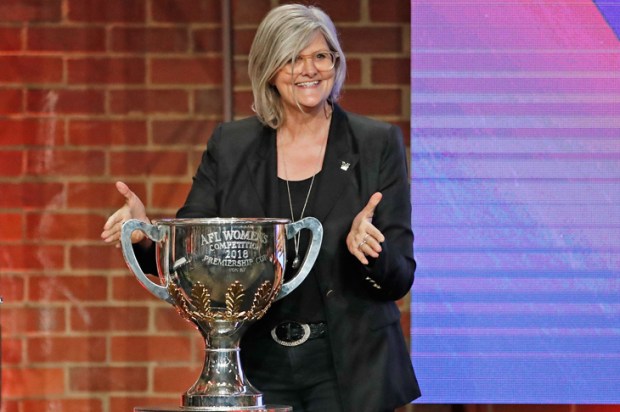

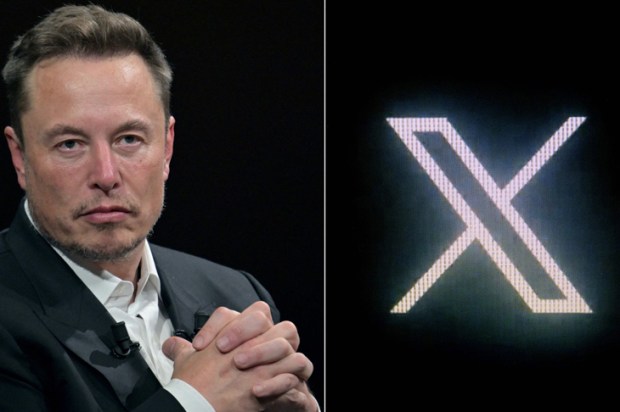




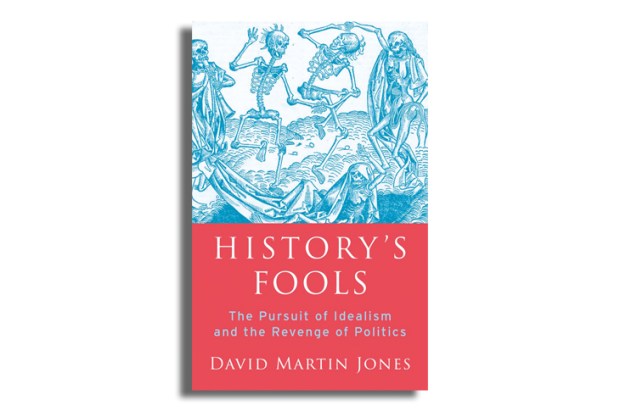


Comments
Don't miss out
Join the conversation with other Spectator Australia readers. Subscribe to leave a comment.
SUBSCRIBEAlready a subscriber? Log in